Days after the Diwali, the Air Quality Index (AQI) in Delhi on Thursday morning slipped into the “severe” category. The AQI at Anand Vihar was recorded at 429, the figure was higher than Wednesday’s reading
of 360, as per Central Pollution Control Board (CPCB) data.
According to the CPCB, the AQI in the ITO area was recorded at 353, in the ‘Very Poor’ category. Meanwhile, the RK Puram area of south west Delhi remains “very poor” at 362, as of 6:00 AM today. The AQI at Dwarka Sector 8 also remains “very poor” at 327.
Ashok Vihar recorded an AQI of 350, followed by Bawana at 346 under the “very poor” category. AQI in the Nehru Nagar area remains at 377, and 361 in Patparganj.
The CPCB categorises AQI between 0 and 50 as ‘good’, 51 and 100 ‘satisfactory’, 101 and 200 ‘moderate’, 201 and 300 ‘poor’, 301 and 400 ‘very poor’, and 401 and 500 ‘severe.’
Post-Diwali smoke and dust have blanketed the city, leaving residents struggling with eye irritation and breathing difficulties.
The city continues to grapple with rising pollution levels as stubble burning, vehicular emissions, and stagnant weather conditions worsen air quality. Health experts have advised residents, especially children and the elderly, to limit outdoor activity.
On Wednesday, Delhi Chief Minister Rekha Gupta said that the government is “working proactively” on plans to induce artificial rain to help reduce pollution levels in the national capital. The initiative will be implemented once the India Meteorological Department (IMD) confirms suitable cloud and moisture conditions, according to the Chief Minister’s Office.
She also highlighted the government’s focus on promoting electric mobility. “The target is to deploy 10,000 electric buses by the year 2027,” the Chief Minister added.
After reviewing the air quality in the region, Commission for Air Quality Management in NCR and Adjoining Areas’ (CAQM) has continued enforcement of Stage 2 of the Graded Response Action Plan (GRAP), which was imposed on October 19, in an effort to prevent further deterioration of air quality.
In an official statement, the CAQM said, “Ensure water sprinkling along with use of dust suppressants (at least every alternate day, during non-peak hours) on roads to arrest road dust, especially at hotspots, heavy traffic corridors, vulnerable areas and proper disposal of dust collected in designated sites or landfills.”
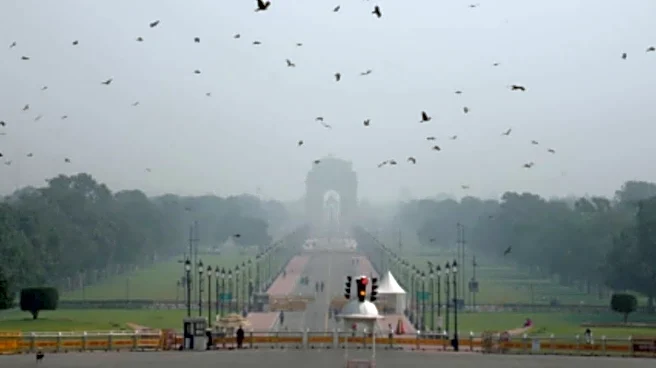

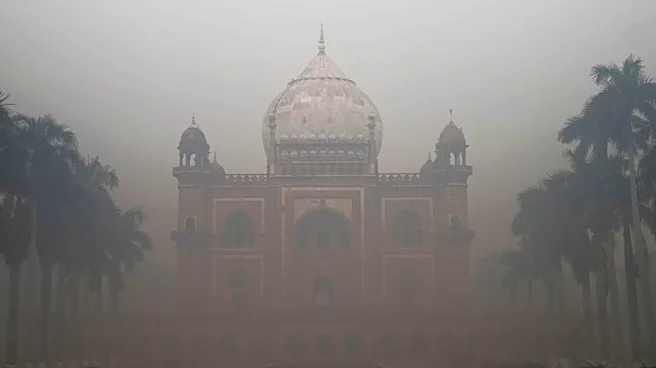
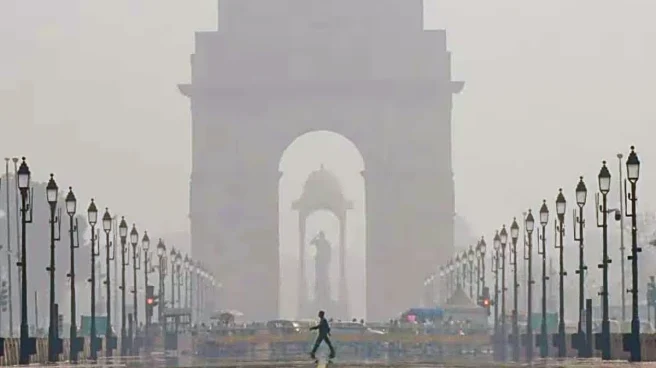

/images/ppid_a911dc6a-image-176103666360914583.webp)

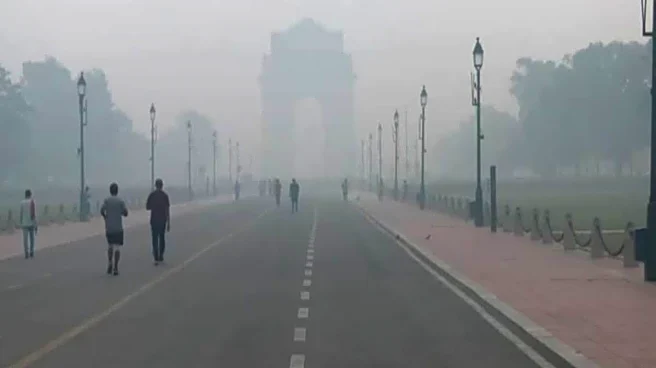

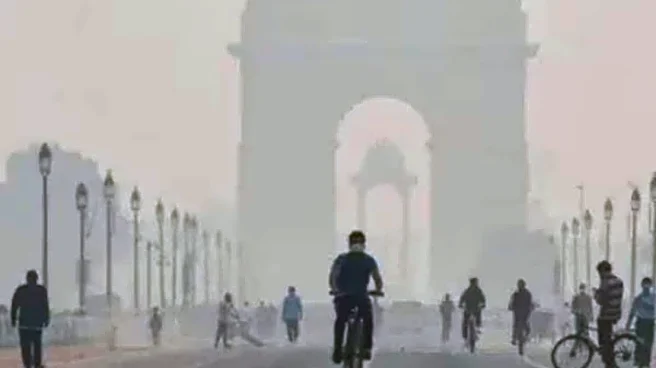
/images/ppid_a911dc6a-image-176102362869566899.webp)
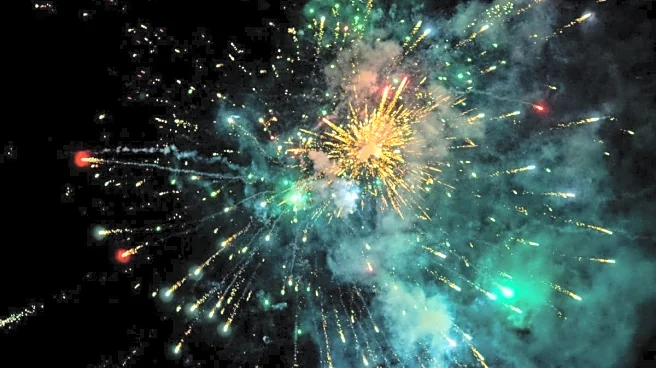
/images/ppid_a911dc6a-image-176106379690666520.webp)